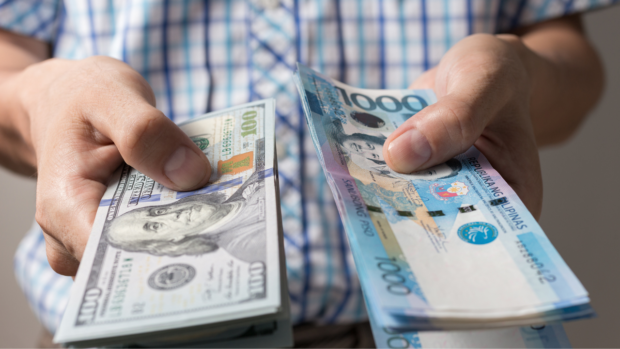
INQUIRER.net stock image
MANILA, Philippines — The weak peso would also benefit the economy as dollar-earning exporters and families of overseas Filipino workers (OFWs) who send cash remittances get more bang for their bucks, President Ferdinand Marcos Jr.’s chief economic manager said.
“You should not be concerned with the peso, because the right way to look at the peso is if [it’s] competitive. How do you measure that? The technical term is real effective exchange rate (REER). How does it compare with other currencies? We’re in the middle of the pack, so our currency is competitive,” Finance Secretary Benjamin Diokno told reporters.
The peso last Wednesday closed at 55.06:$1, the weakest level since Oct. 27, 2005.
“All the other currencies are depreciating; the highest depreciation is Japanese yen and followed by Indian rupee, if you look at that index,” Diokno said.
The Finance chief said a strong peso would mostly benefit the rich, who need fewer domestic currency in exchange for their US dollars.
“Who are the winners [when the peso’s strong]? Those who like to travel abroad, right? The rich — the Ferragamo and Hermes crowd, because foreign goods are their preference,” Diokno noted.
As for a weak peso, Diokno said exporters and OFWs gain as they earn more pesos in relation to the dollar.
In an economic bulletin on Thursday, the DOF’s chief economist and retired undersecretary Gil Beltran blamed the peso’s depreciation on the wider trade deficit wrought by a surge in imports amid economic reopening and rebound. It did not help that prices of imported goods, especially oil and food, skyrocketed following Russia’s invasion of Ukraine which tightened global supply, Beltran said.
For Beltran, “allowing the exchange rate to maintain its competitive level will allow the country to recover promptly as it gradually eases the lockdowns set up to battle the pandemic.”
RELATED STORY:
Peso returns to 55:$1 after nearly 17 years